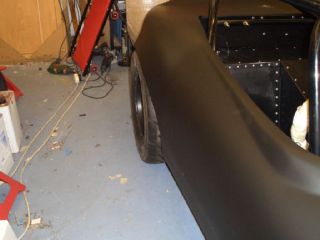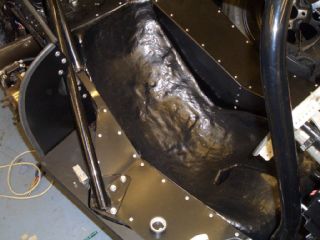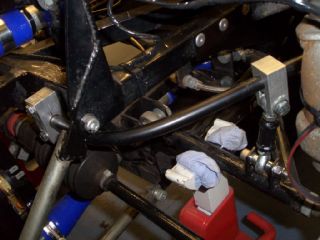As I think I've mentioned I want to make this car road-legal. Since
it has to be in road-legal spec to go racing in the first place, it seems a bit daft not to, especially given the
faff that can be avoided by having it road-legal. Need to bed the brake pads in? Need to check the cooling system's
working OK? Want to do a bit of fine-tuning of the engine map? Easy, quick blast up and down the A10. Compared
to trailering it to a track, and spending money on a test day for such things, the benefits of having a road-registered
racer are fairly obviously to me.
That said, getting the car road-registered will be a bit of a faff. l've built it with SVA in mind, but the SVA
test is about to go, replaced by the 'new' IVA test. In fact, the IVA test is awfully like the SVA test, except
the noise limits are lower, the car needs a reverse, and the price has gone up from £190 to £450. Given
these factors, and the reduced noise limit in particular, I've been quite keen to get the car through under the
SVA regime if at all possible. The key deadlines are that the application had to be in by the end of February 2009,
the test has to be carried out by the end of April 2009, and the final date for retests will be the end of October
2009. So my application, went to VOSA in the last week of February, and the SVA test is booked for 27th April 2009.
Less than a month away.
Gulp. Time to get the car finished, then. |





